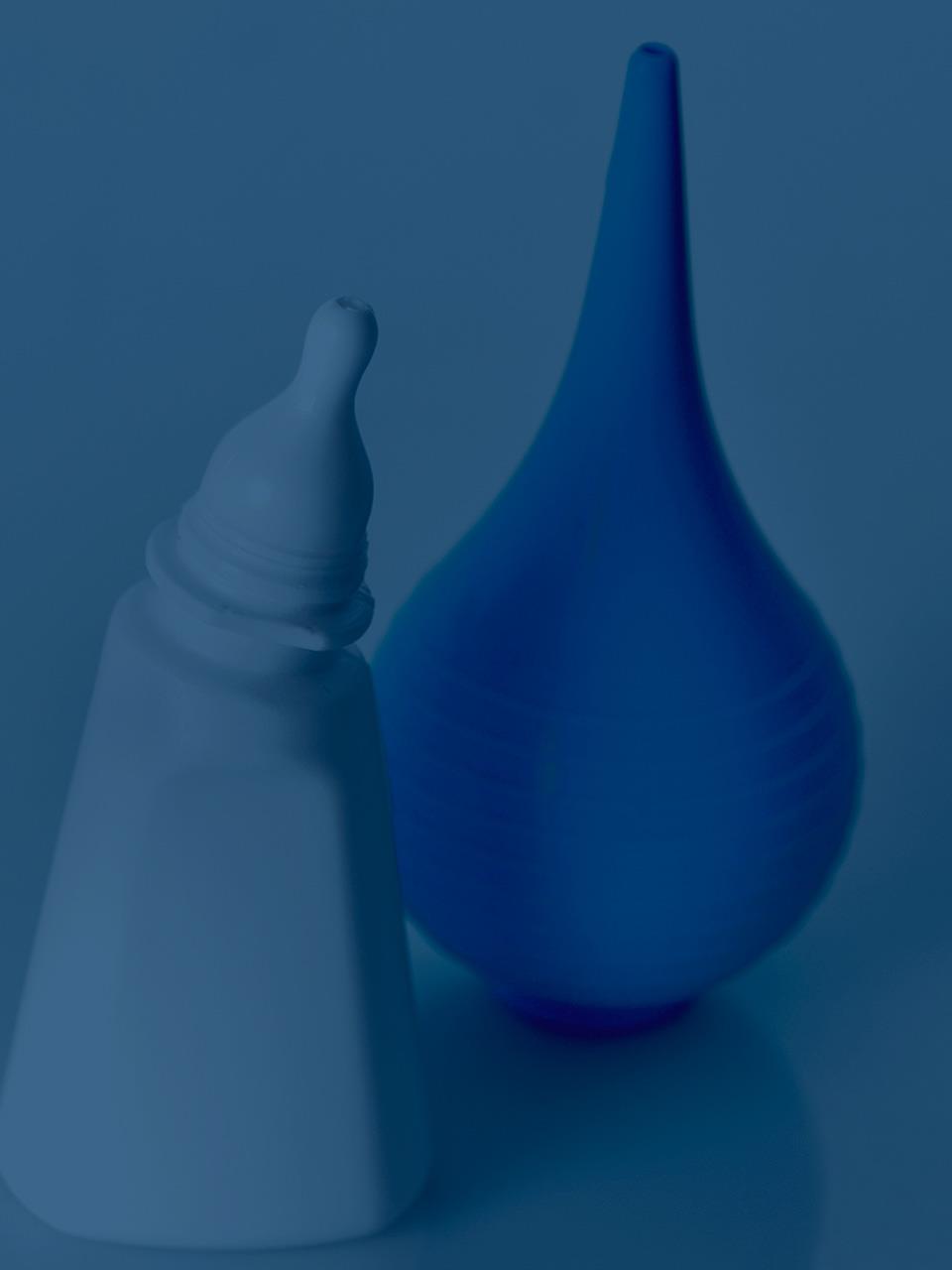
Tap to Read ➤
How to Clean Earwax
Ujwal Deshmukh


Ears are the important sensory organs of the body. While caring for them, include cleaning earwax as a part of your personal hygiene. Earwax in little but sufficient quantities protects the ears, but excess of it might lead to temporary hearing disorders. Learn a couple of methods to remove earwax in this story.
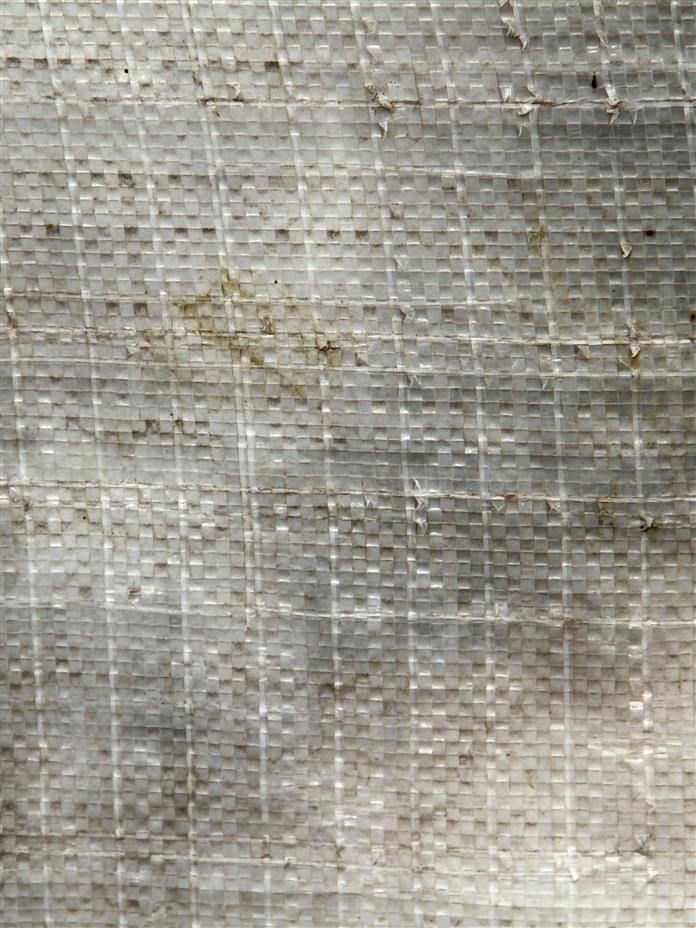
Earwax is a yellowish waxy substance generally formed in the ear canal of human beings and some mammals. It is called cerumen in the medical fraternity. It protects the ears up to a certain extent, but excess of it might harm them. Sufficient amount of earwax actually provides protection to the skin on the ear canal.

Moreover, it also safeguards the ear from the entry of harmful insects, bacteria, and water. On the other hand, if you don't bother to clean it and let it accumulate, it will choke the external ear canal, further resulting into aural difficulties and ear infections.

Nature has designed ears in such a manner that they will clean the wax themselves. But sometimes, earwax settles deep inside the ears leading to earache. To avoid this, cleaning earwax becomes necessary on a regular basis. If you are wondering how to remove earwax, here are a couple of earwax removal remedies.

Removing Earwax
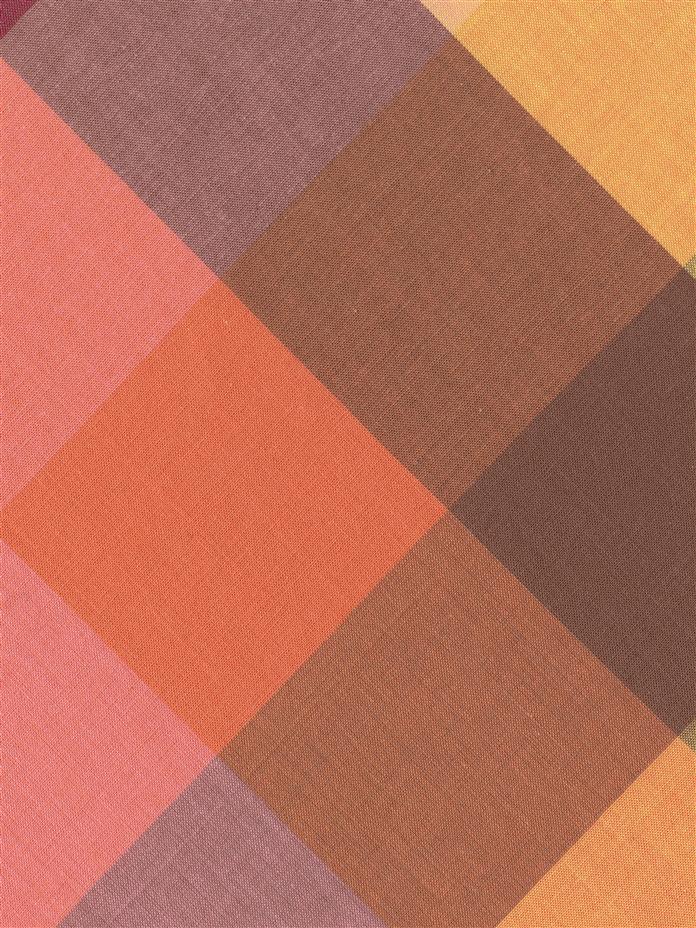
Hydrogen Peroxide Method
This is amongst the most common methods used for earwax removal. In this method, you need an eye dropper, hydrogen peroxide, olive oil, cotton balls, two bowls, and an aspirator bulb. The first step is to warm hydrogen peroxide and oil by keeping both of them in warm water for some time.
This is amongst the most common methods used for earwax removal. In this method, you need an eye dropper, hydrogen peroxide, olive oil, cotton balls, two bowls, and an aspirator bulb. The first step is to warm hydrogen peroxide and oil by keeping both of them in warm water for some time.

Cover your shoulder completely with a towel or a napkin, and dip your head so that your ear faces towards the ceiling. Next, carefully put three drops of oil into your ear. Use an eye dropper for this purpose. Strain the remaining oil into the sink, and now put three drops of hydrogen peroxide into the ear.
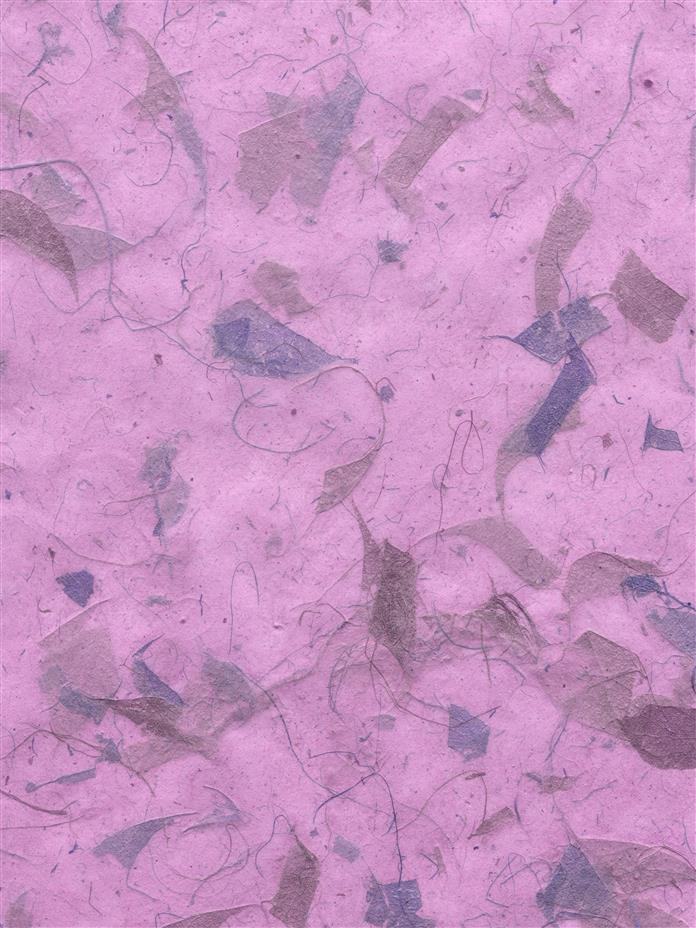
The hydrogen peroxide will bubble for some time; therefore, wait until the bubbling stops. Now, fill the bowl and the aspirator bulb with warm water, and turn your ear towards the floor. Place the aspirator bulb at an angle of about 45° against the bottom rim of the ear. Now, gently press the bulb in order to clean up the loose wax. The last step is to dry the exterior part of the ear with the help of a cotton ball.
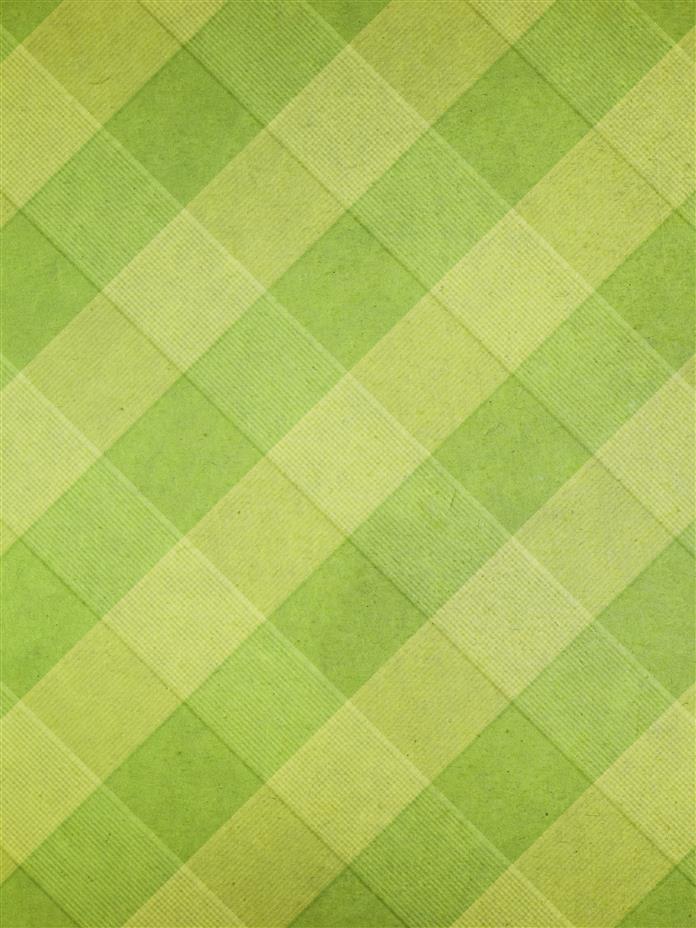
Paraffin Oil Method
This is another easier method for cleaning earwax. Paraffin oil has the ability to dissolve the earwax. The procedure is to warm about 1-2 teaspoons of paraffin oil. See that the temperature of the paraffin oil is only a bit higher than the body temperature.
This is another easier method for cleaning earwax. Paraffin oil has the ability to dissolve the earwax. The procedure is to warm about 1-2 teaspoons of paraffin oil. See that the temperature of the paraffin oil is only a bit higher than the body temperature.
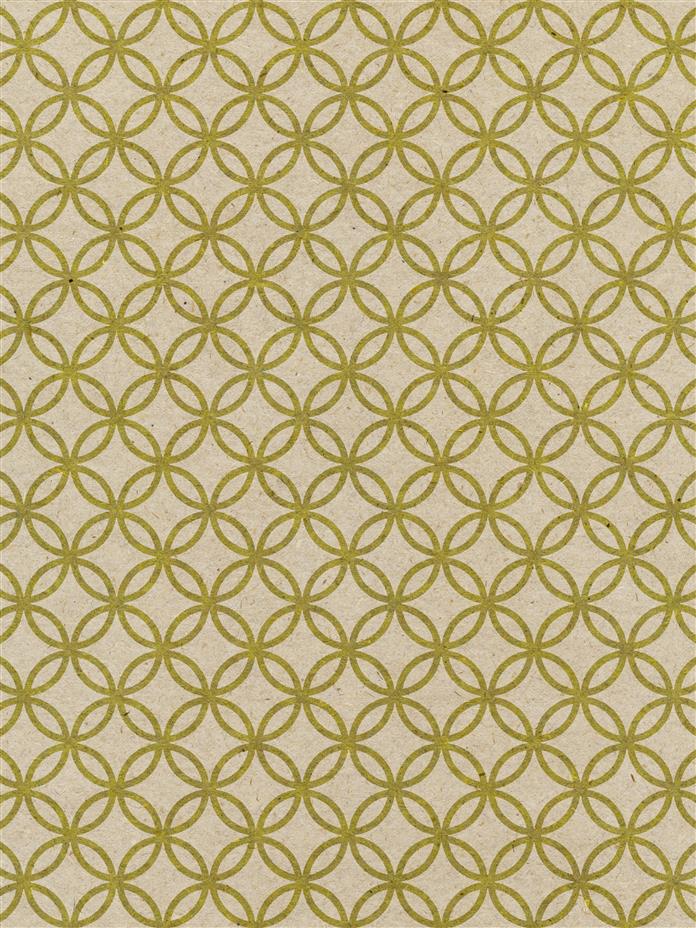
Drop the oil into the ear with the help of an eye dropper and rest for sometime without any movement. Now, position your head in such a way that the ear faces towards the ground, and then drain the oil. Use a cotton swab or a cotton ball to dry the ear.
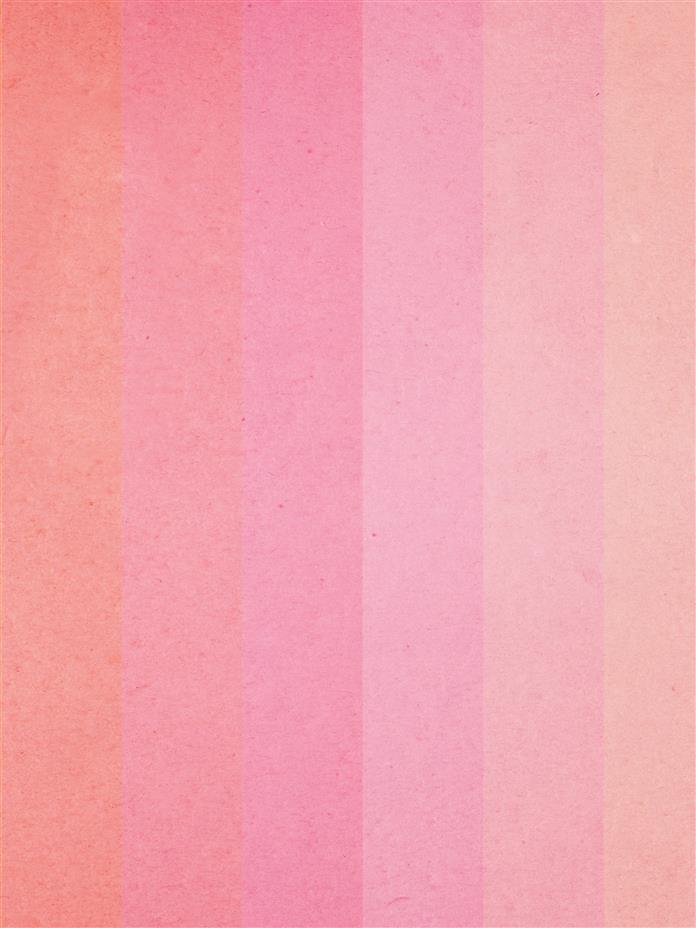
You must have got a fair idea now about how to clean earwax. Though the procedure is simple, there are some things that need to be taken care of while performing ear cleaning.

Useful Tips
- Earwax cleaning with hydrogen peroxide may be a commonly followed method. But its use is not suggested if your ear canal is sensitive or if your eardrums are damaged due to some reasons. This is due to the strong nature of hydrogen peroxide and the damage it can cause to the delicate eardrums.
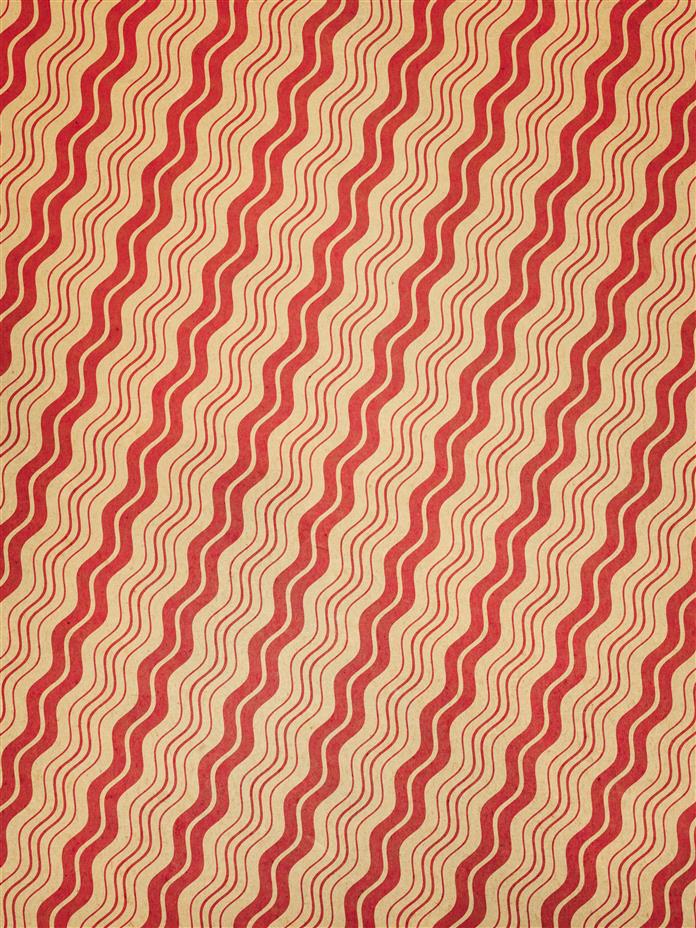
- Everyone finds it easy to use a cotton swab, because while using it, you just need to insert the cotton swab into the ears and remove the earwax. But this practice actually pushes the earwax deeper into the ears. It, therefore, becomes difficult to remove the earwax.
- Earwax formation in children also needs to be dealt with by an ENT specialist.
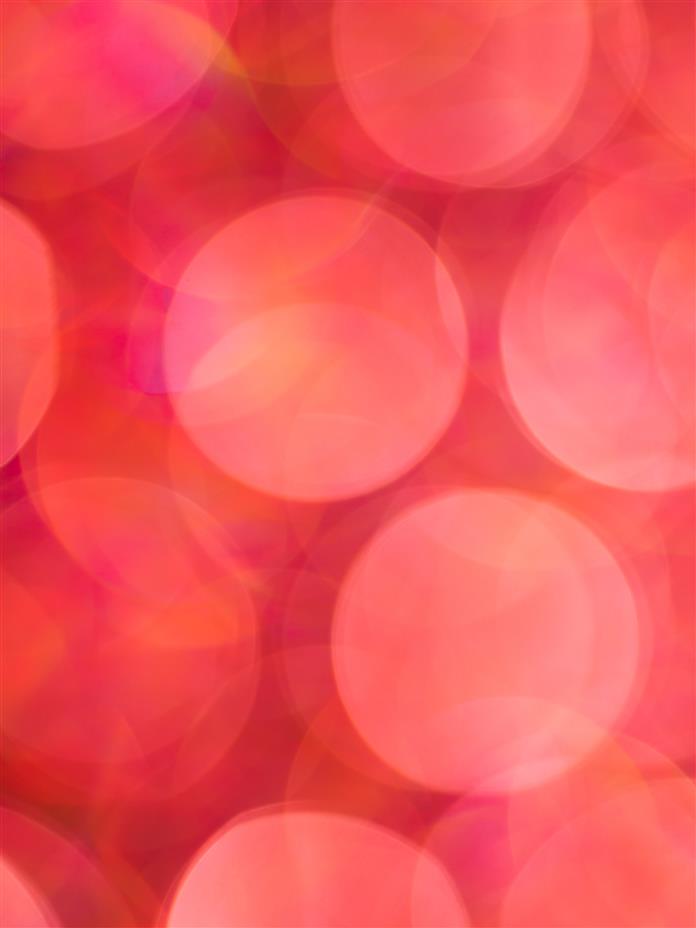
Following the above methods and taking the necessary precautions would certainly help in cleaning earwax properly and safely. But, it is always advisable to consult a specialist in severe cases of earache, or if the condition or any hearing disability persists even after cleaning out earwax. In such cases, the ENT specialist would examine your ears and prescribe you a suitable treatment so as to get rid of the problem and also give useful tips to care for your ears.